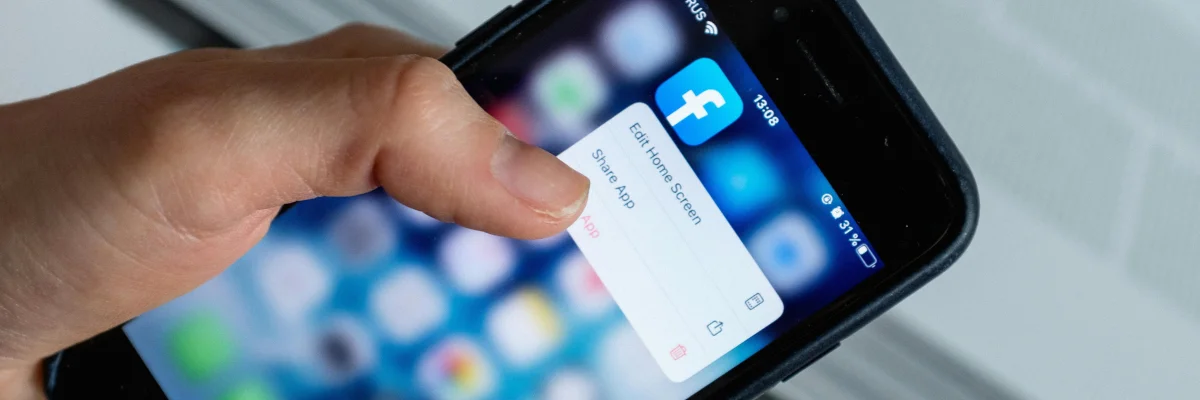
The branding industry has weaponized aesthetic anxiety. Every quarter, agencies convince leadership teams that their growth problems stem from visual fatigue. Logo looks dated? Rebrand. Colors feel stale? Rebrand. Competitor launched something sleek? Emergency rebrand. But here’s the cognitive trap: visual refreshes actually accelerate strategic decay by masking the real problems while burning the resources needed to solve them.
The Substitution Fallacy in Brand Strategy
What we’re witnessing is a textbook case of what behavioral economists call the “substitution fallacy”—solving an easy, visible problem instead of the hard, invisible one. Daniel Kahneman documented this extensively in Thinking, Fast and Slow: when faced with a difficult question, our brains substitute an easier one. “How do we grow market share?” becomes “How do we look more modern?” The rebrand becomes a cognitive shortcut that feels like progress while avoiding the strategic work that actually drives growth.
Consider the data. A 2023 analysis of Fortune 500 rebrands showed that 73% of companies that underwent major visual overhauls saw declining market performance in the 18 months following launch. Not because the design was bad, but because the rebrand consumed strategic resources while competitors solved actual customer problems.
Why Rebrands Become Strategic Sedatives
The most dangerous rebrands aren’t the obvious failures—they’re the beautiful ones that look successful but solve nothing. They create what I call “strategic sedation”: the illusion of transformation that prevents real change. When teams spend months debating font weights and color temperatures, they’re not spending time understanding why customers actually leave, why prospects don’t convert, or why employees can’t articulate value.
Take the cautionary tale of a Series B SaaS company that spent eight months and $400K on a complete rebrand because their conversion rates were stagnating. New logo, new site, new messaging framework. Conversion rates improved by 2% initially—then returned to baseline within six months. The actual problem? Their onboarding experience was confusing, their pricing was unclear, and their customer success team was overwhelmed. The rebrand was aspirin for a broken bone.
The Strategic Alternative: Brand Architecture Before Brand Aesthetics
The companies that genuinely transform don’t start with visual identity. They start with what I call “brand architecture”—the systematic alignment of business strategy, customer experience, and market positioning. Brand architecture asks harder questions: What specific customer problem do we solve better than anyone? How does our internal culture support that promise? Where do our systems create friction that contradicts our positioning?
This is why Apple’s most successful “rebrands” weren’t visual at all. The shift from computer company to lifestyle brand happened through product decisions, retail experiences, and ecosystem thinking—not logo updates. The visual identity simply reflected strategic choices that were already working.
The Real ROI of Strategic Clarity
When brands invest in systemic alignment instead of aesthetic updates, the results compound. Clear positioning improves hiring quality. Consistent experience reduces customer acquisition costs. Aligned messaging increases employee retention. These aren’t branding metrics they’re business outcomes that happen to strengthen brand perception as a byproduct.
The rebrand delusion convinces leadership that transformation is visual. Strategic clarity proves that transformation is systemic. In 2025, the brands that win won’t be the ones that look the newest, they’ll be the ones that solve the deepest problems.
About the Author

Kirt P, is pioneering the convergence of brand strategy and product development in an era where customer experience defines market winners. Through his work across Fortune 500 enterprises and breakthrough startups, Kirt has developed a methodology that transforms products into brand ambassadors where every feature becomes a strategic statement and every interaction reinforces market positioning. He’s redefining how brands enter markets by creating products that don’t just serve customers, but shape cultural conversations. Kirt believes the future belongs to brands that embed their strategic vision directly into product DNA, making differentiation impossible to replicate and customer loyalty inevitable.





